Major Reynold Tadayoshi Muranaka

- Unit: 521st Military Intelligence Service Detachment
- Date of Birth: March 18, 1919
- Entered the Military: November 15, 1941
- Date of Death: December 24, 2014
- Hometown: Paauhau, Hawaiʻi
- Place of Death: Lakewood, Washington
- Award(s): Bronze Star
- Cemetery: Section 3D, Row D, Site 16. Tahoma National Cemetery, Kent, Washington
Mentored by Mrs. Nicole Maleki
Skyview Middle School
2024/2025
Early Life
Sugar Plantation
Reynold Tadyoshi Muranaka was born in Paauhau, Hawaiʻi, on a sugar plantation camp on March 18, 1919. He was the eldest of eight children born to Japanese immigrants, father Torakichi Muranaka and mother Tsuna Muranaka.
Muranaka’s parents’ marriage was not one of love but one of necessity. His mother was a picture bride from Japan. Most Japanese immigrants who came to Hawaiʻi and the American West Coast in the early twentieth century were single men. Matchmakers offered to match women who wanted to immigrate the opportunity to be placed in an arranged marriage (by showing men their pictures). These women were matched with Japanese immigrants living in Hawaiʻi or the West Coast, who often married them days after arrival.
Japanese language newspapers, stores, movie houses, schools, and restaurants surrounded Muranaka as he grew up. Thus, he grew up bilingual, speaking both Japanese and English. During the summers, Muranaka worked on the sugar plantation with the other boys. They worked from 7:00 a.m. to 3:00 p.m. each day earning a salary of ten cents per day.
High School and Beyond
As a teenager, Muranaka left the sugar plantation on the Big Island and moved to Oahu to further his education. Muranaka attended McKinley High School, one of four public high schools in Honolulu. Muranaka graduated on June 6, 1937 with over 1,000 classmates. The theme of the commencement was, “The Spirit of Citizenship.”
After graduation, Muranaka leveraged his bilingual abilities and worked at a bilingual newspaper, the Nippu Jiji.
In 1940, Muranaka visited the Japanese embassy and signed an order of repatriation giving up his partial Japanese citizenship. On November 15, 1941, Muranaka was drafted into the U.S. Army.


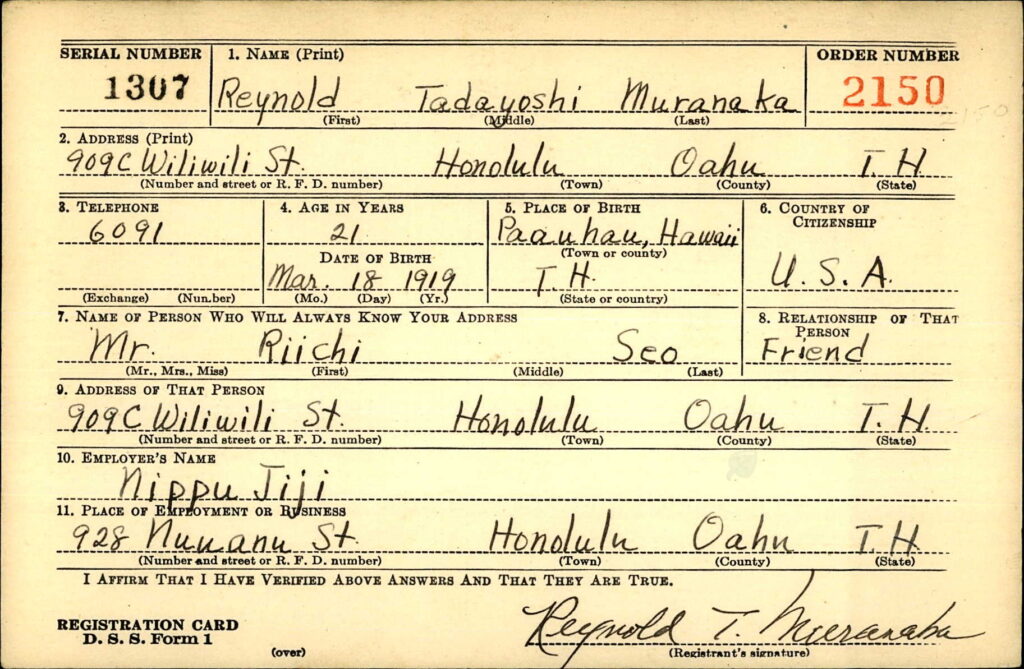
Homefront
Hawaiʻi in the 1940s
The Japanese attack on Pearl Harbor, Hawaiʻi, on December 7, 1941, changed the future of the island chain. Honolulu became an important military staging area during World War II and the population boomed. Many service industry establishments entered the area to support the influx of service members.
While Muranaka was serving his country during the war, many other Japanese Americans (mostly on the West Coast) were held in incarceration camps. One camp, Honouliuli Internment Camp, on the island of Oahu, operated from 1943 to 1946. This camp, which could hold 3,000 people, included both internees and prisoners of war.
After World War II, the population decreased and Hawaiʻi entered a period of economic decline.
Hawaiʻi in the 1950s
In the 1950s the population again increased, spurred by tourism to the islands as well as the service members stationed in Hawaiʻi. The Hawaiian Islands maintained agricultural programs during the Korean War. Specifically, they harvested sugar and pineapple on plantations. Often immigrants from Japan and other Asian countries lived in plantation housing to harvest the sugar. Important agricultural products of Hawaiʻi included beets, taro, and livestock.
The Dole Company established a plantation on the Hawaiian islands. The island imported most of its rice from California, but looked to increase rice production on the island.
Although not yet a state, Hawaiʻi pushed for statehood during the 1950s. Hawaiʻi officially became the fiftieth state in 1959.
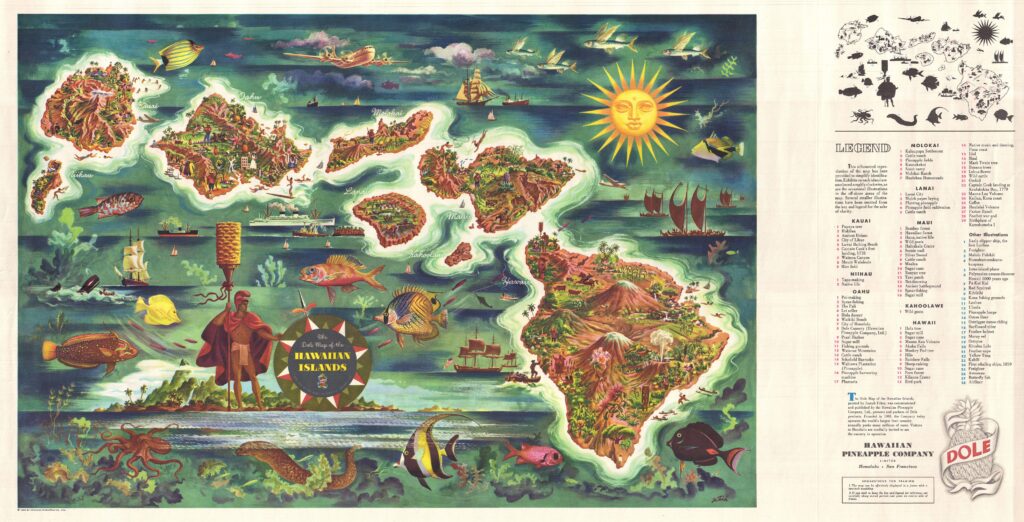
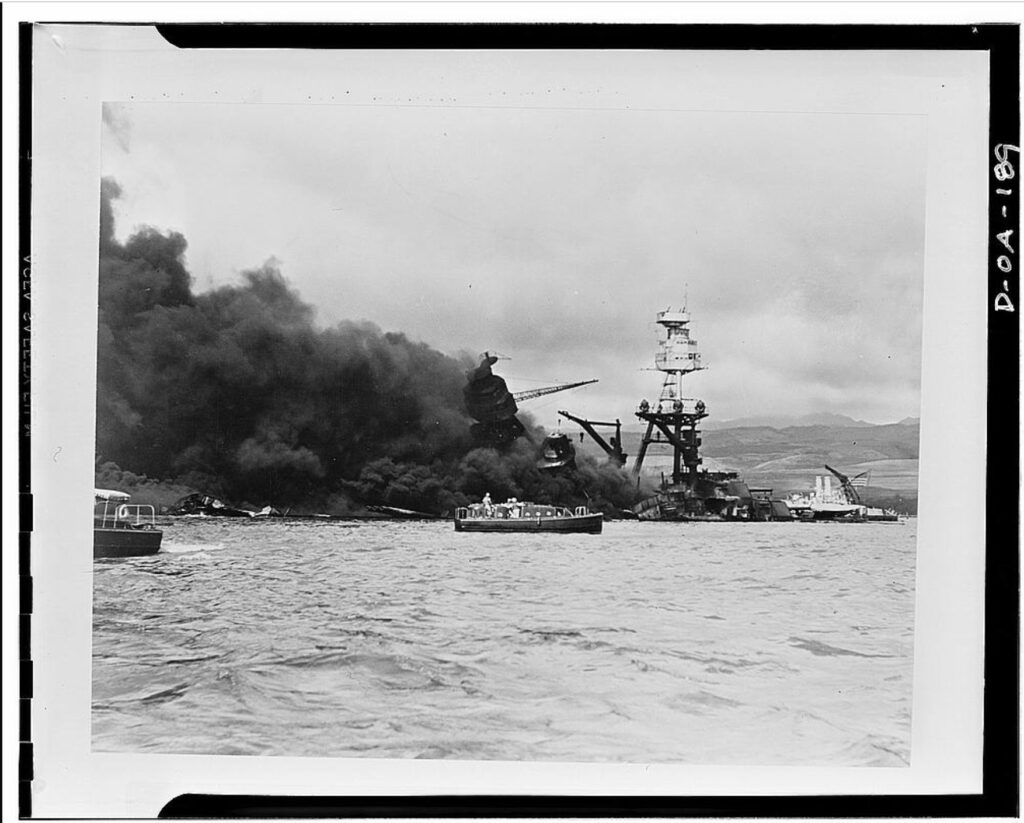
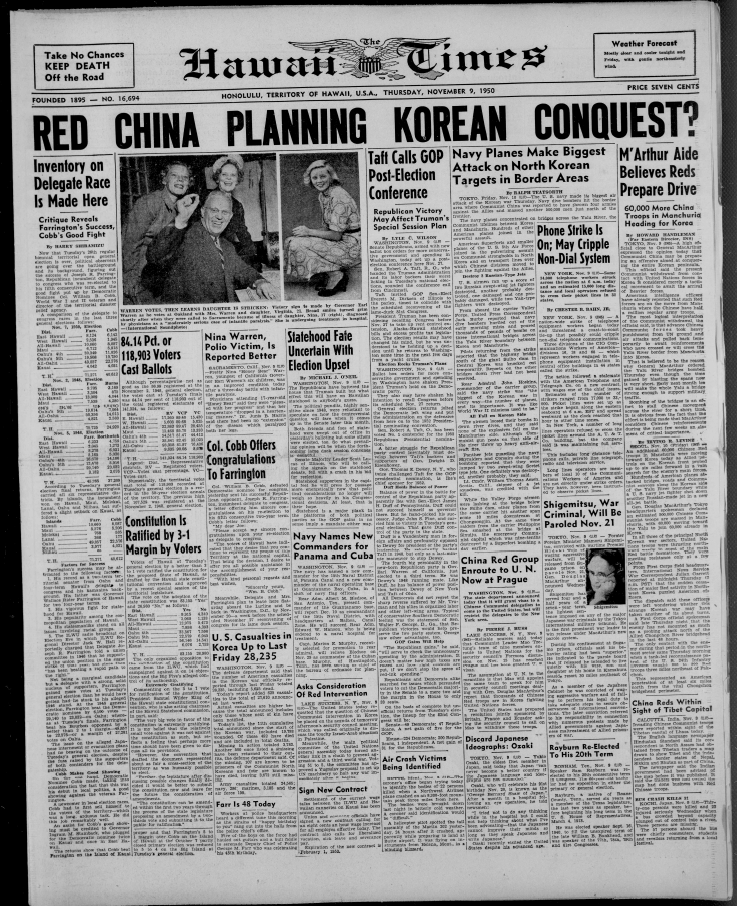
Military Experience
Muranaka served in a variety of roles after his basic training. His value as a Nisei (a child of Japanese immigrants) was very important to his military service.
World War II
The military first assigned him to the 100th Infantry Battalion. This unit was composed mostly of second generation Japanese Americans and Native Hawaiians. They trained at Camp Shelby, Mississippi after which they were shipped to Europe.
Just prior to his unit’s departure, however, Muranaka was selected to attend Military Intelligence Service Language School at Camp Savage, Minnesota. He studied how to translate between Japanese and English as well as learned some Chinese. He graduated from language school on June 16, 1943.
Next, the military sent him to Brisbane, Australia. He was tasked to help translate documents captured from the Japanese forces in the Pacific Theater.
After Brisbane, Reynold worked as a linguist in the 158th Regimental Combat Team in New Guinea. Following Guinea, they landed on the island of Newmfor, after which they landed on the island of Luzon in the Philippines.
1945 to 1950
After World War II ended in August 1945, Muranaka landed in Tokyo and was a foreign liaison officer.
In Utsunomiya City, Japan, his company helped with the disarmament of the Japanese by destroying their weapons. Most Japanese people did not own guns and instead turned in Samurai swords that many had in their families for generations.
While in Japan, Muranaka visited with his half-brother, who fought for the Japanese Army during World War II. He also visited his cousin in Hiroshima who was injured by the atomic bombing.
In 1946, he continued to serve in Japan as a foreign liaison officer, translating documents, assisting the Emperor, and receiving commendation for his work.
In 1948, he worked to interrogate over 1,000 Japanese Prisoners of War that Russia released. Through his interrogation he found they constructed a trans-Siberian railroad.
Korean War
In 1950, after the Korean War began, Muranaka landed in Inchon, Korea on September 17. The North Koreans had been under Japanese rule so they spoke Japanese fluently. Muranaka questioned the North Korean Prisoners of War and gathered intelligence about their readiness for war.
On November 1, 1950, Muranaka was attached to the South Korean 5th Infantry Division in Hamhung. He possessed a case of cigarettes ready to give out to the North Koreans he interrogated.
Muranaka had a talent for interviewing and gathering intelligence from captured North Koreans. He met with the general of the Republic of Korea’s 5th Infantry Division and requested more prisoners. More prisoners were delivered and he felt their lives were spared as a result.
In January 1951, Muranka was attached to the South Korean 7th Infantry Division in Wonju. That September he returned to Tokyo.
In 1952, he returned to Hawaiʻi to teach at the Hawaiian Infantry Training Center, Schofield Barracks.
Beyond the Korean War
In 1955, Muranaka was assigned back to Tokyo as a foreign liaison officer.
Between 1956 and 1957 he worked as an Intelligence Officer in the 21st Infantry Regiment in the Demilitarized Zone (DMZ) in Korea.
In 1958 he transferred to Fort Lewis, Washington. There he was assigned to 4th Infantry Division, known as the “Hot Spot” division, composed of World War II and Korean Veterans ready to deploy to whatever location would be most needed.
In 1961, Muranaka retired from the military after 20 years of service.
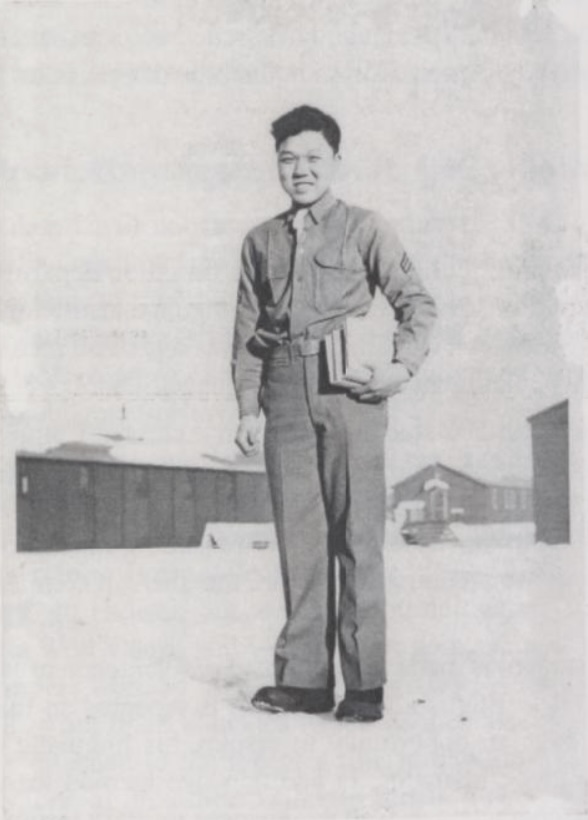

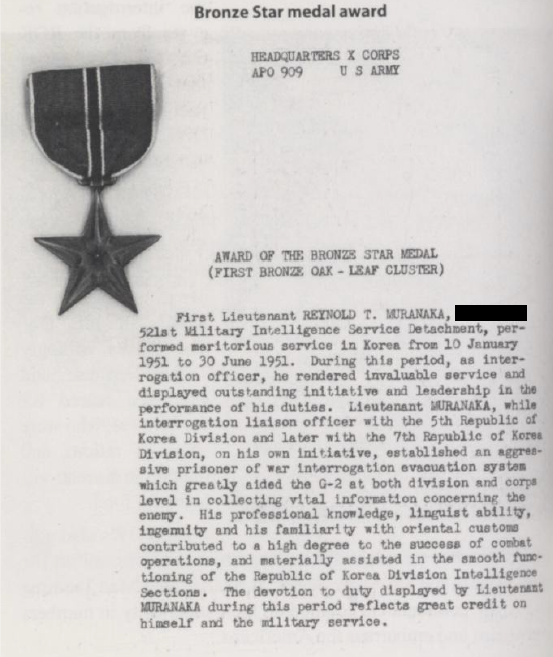
Veteran Experience
Second Career
Muranaka graduated from the University of Puget Sound in 1964 with a Bachelor of Arts in Sociology. Next, Muranaka attended the University of Washington and earned a Master of Social Work in 1970. Muranaka settled in Lakewood, Washington, and began his second career as a social worker for the state of Washington. Muranaka, known for his empathetic and calm demeanor, connected and rehabilitated people addicted to alcohol.
He created a book about his experiences and gave interviews. One of the people he helped said that he helped hundreds and maybe thousands of people.
He worked as a social worker for 20 years before retiring.
Family
Muranaka met his wife, Rose Shizuno Morioka, in Hawaiʻi while he served in the Army after World War II. They married on April 19, 1947 in Honolulu. He and Rose were married over 60 years. Together they had three daughters, three grandchildren, and four great-grandchildren, all of whom lived in the greater Seattle area.
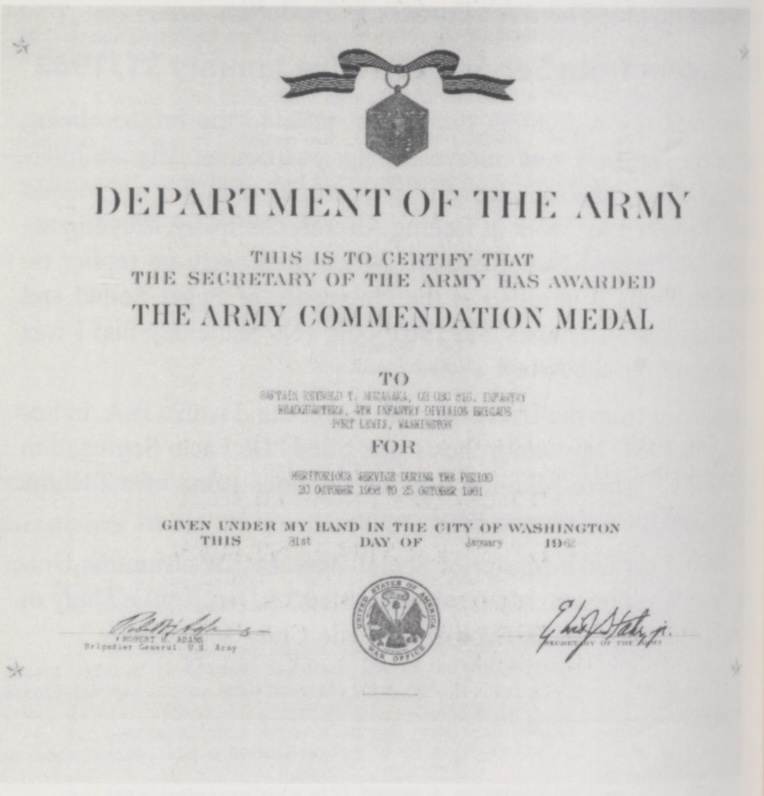
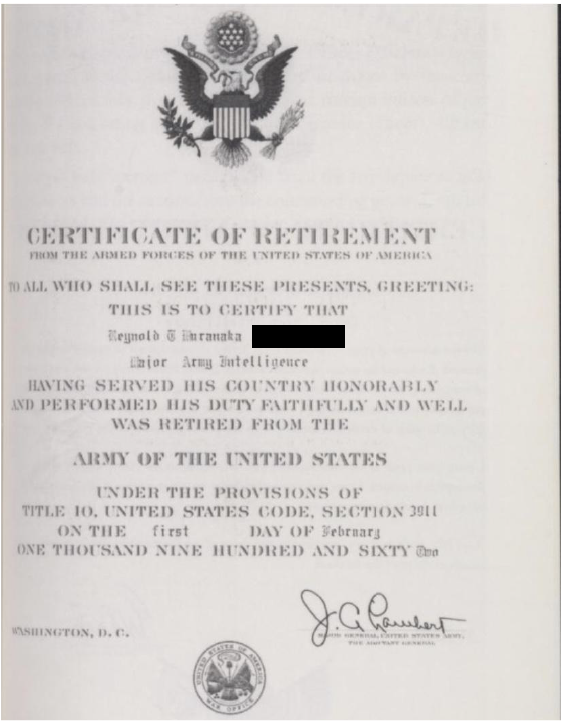
Commemoration
Whether it was a brother who fought against him, a captured enemy soldier, or a person recovering from alcoholism, Muranaka connected and empathized in order to gain a common understanding.
Muranaka died December 14, 2014, but his voice and experiences live on in his books, recorded lectures, and message of forgiveness, resilience, and reconciliation. His wife, Rose, passed away in 2020. Both rest today at the Tahoma National Cemetery in Kent, Washington.
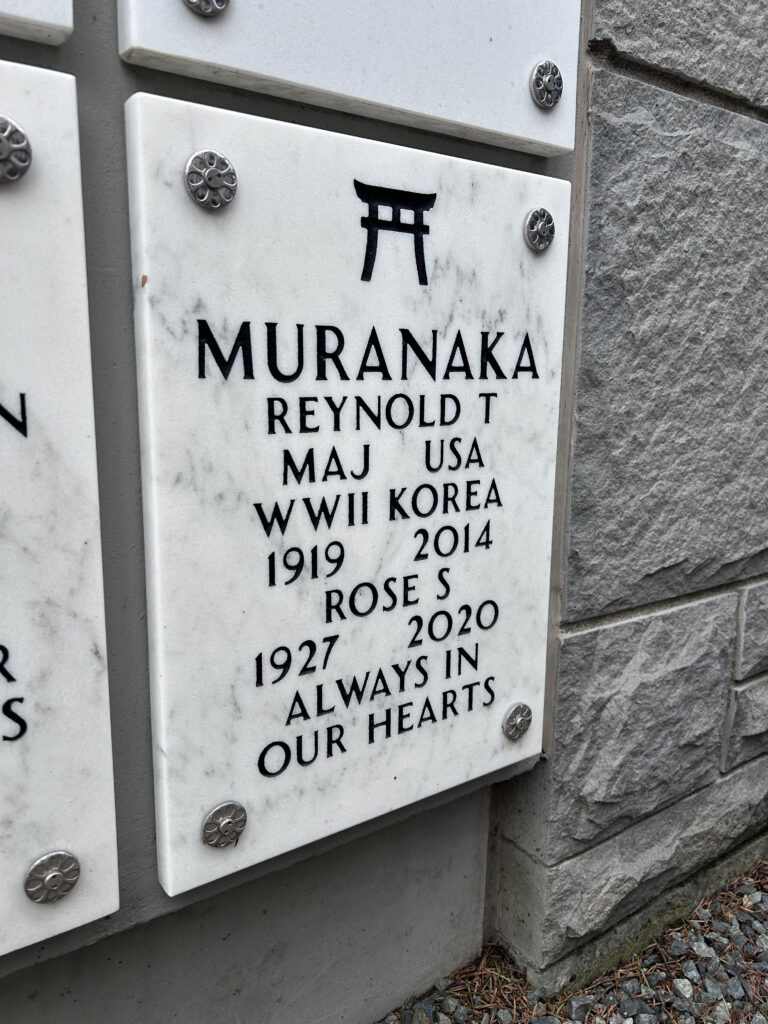
Bibliography
Primary Sources
1950 Census of Population Characteristics of the Population of Hawaii and of the Honolulu Standard Metropolitan Area. April 11, 1951. Bureau of the Census, U.S. Department of Commerce. https://www2.census.gov/library/publications/decennial/1950/pc-06/pc-6-11.pdf.
Agricultural Programs In Hawaiian Island-Report & Recommendations of Subcommittee of Committee on Agriculture. 83rd House of Representatives. February 10, 1953.
Fehrer, Joseph. Dole Map of Hawaii. Map. 1950. Wikimedia Commons. Accessed November 16, 2024 https://commons.wikimedia.org/w/index.php?title=File:1950_Joseph_Feher_Dole_Map_of_Hawaii_-_Geographicus_-_Hawaii-feher-1950.jpg&oldid=953248220.
Letter from Elizabeth Farrington to President Dwight D. Eisenhower regarding Statehood for Hawaii. August 8, 1954. Eisenhower Presidential Library and Archives. https://www.eisenhowerlibrary.gov/sites/default/files/research/online-documents/hawaii-statehood/1954-08-08-letter-farrington-to-dde.pdf.
Hawaii. Hawaii County. 1920 U.S. Census. Digital images. http://ancestry.com.
Hawaii. Hawaii County. 1930 U.S. Census. Digital images. http://ancestry.com.
“McKinley Will Graduate More Than 1,000 June 6.” Honolulu Star-Bulletin. May 29, 1937. Newspapers.com (274997114).
“Mrs. James J. Andrews Guest of Honor.” Honolulu Star-Advertiser. August 24, 1954. Newspapers.com (258797996).
Muranaka, Reynold T. Practicality of the Japanese Language in the United States Army. Personal Narrative. 2010. Veterans History Project, Library of Congress. https://www.loc.gov/item/afc2001001.96476/.
Reynold Muranaka, oral history, 2009-11-08. Oral history interview by Richard Hawkins. November 8, 2009. University of Southern California Libraries. https://digitallibrary.usc.edu/asset-management/2A3BF1BNQ9NA?&WS=SearchResults.
Reynold T. Muranaka Collection. Oral history collection. Veterans History Project, Library of Congress (AFC/2001/001/96476). https://www.loc.gov/item/afc2001001.96476/.
Hawaiians-Hula Dancers. Photograph. c.1950s. Digital Archives of Hawaiʻi (PP-33-5-021). https://digitalarchives.hawaii.gov/item/ark:70111/1Dm4.
“Red China Planning Korean Conquest?” Hawaii Times [Honolulu, HI]. November 9,1950. https://digitalarchives.hawaii.gov/item/ark:70111/hrz .
Reynold Muranaka. World War II Draft Cards Young Men, 1940-1947. Digital images. https://ancestry.com.
Reynold Muranaka oral history interview. Oral history. November 8, 2009. Japanese American Military History Collective. https://ndajams.omeka.net/items/show/1055651.
Reynold Tadayoshi Muranaka, Final Pay Voucher, Department of the Army. National Archives and Records Administration – St. Louis.
Secondary Sources
Anderson, Sara, et. al. “Society Partners With Harrison Preparatory School in Oral History Project.” Prairie Gazette, Spring 2011. https://www.lakewoodhistorical.org/media/dynamic/docs/spring_2011.pdf.
Champaco, Brent. “Memorial Day Weekend Ceremonies at Mountain View Funeral Home.” Patch, May 25, 2012. https://patch.com/washington/lakewood-jblm/memorial-day-weekend-ceremonies-at-mountain-view-funeral-home
“Chronology of Aviation in Hawaii.” Hawaii Aviation. Updated March 24, 2015. Accessed November 12, 2024. https://aviation.hawaii.gov/events/chronology/1950-1959.
“Honolulu.” Encyclopedia Britannica. Updated October 15, 2024, Accessed November 11, 2024. https://www.britannica.com/place/Honolulu.
La Croix, Sumner. “Economic History of Hawai’i”. Economic History Association. Updated September 27, 2001. Accessed March 25, 2025. https://eh.net/encyclopedia/economic-history-of-hawaii/.
“Maj. Reynold Tadayoshi Muranaka.” Find a Grave. Updated March 23, 2019. Accessed October 10, 2024. https://www.findagrave.com/memorial/197758508/reynold-tadayoshi-muranaka.
“Reynold T. Muranaka.” Veterans Legacy Memorial, U.S. Department of Veterans Affairs. Accessed March 25, 2025. www.vlm.cem.va.gov/REYNOLDTADAYOSHIMURANAKA/D6B5A94.
“Rose Shizuno Morioka Muranaka.” Find a Grave. Updated June 30, 2020. Accessed October 18, 2024. https://www.findagrave.com/memorial/212001292/rose_shizuno_muranaka.
Sasaki, May. “Speaker Series With Reynold ‘Smiley’ Muranaka.” April 2010. https://old.nvcfoundation.org/newsletter/2010/4/speakers-series-with-reynold-smiley-mAuuranaka/.
Wreckage of USS Arizona, Pearl Harbor, Hawaii. Photograph. December 7, 1944. Library of Congress (2017700024). https://www.loc.gov/item/2017700024.
This profile was funded by a grant from the United States Department of Veterans Affairs. The opinions, findings, and conclusions stated herein are those of the author and do not necessarily reflect those of the United States Department of Veterans Affairs.

